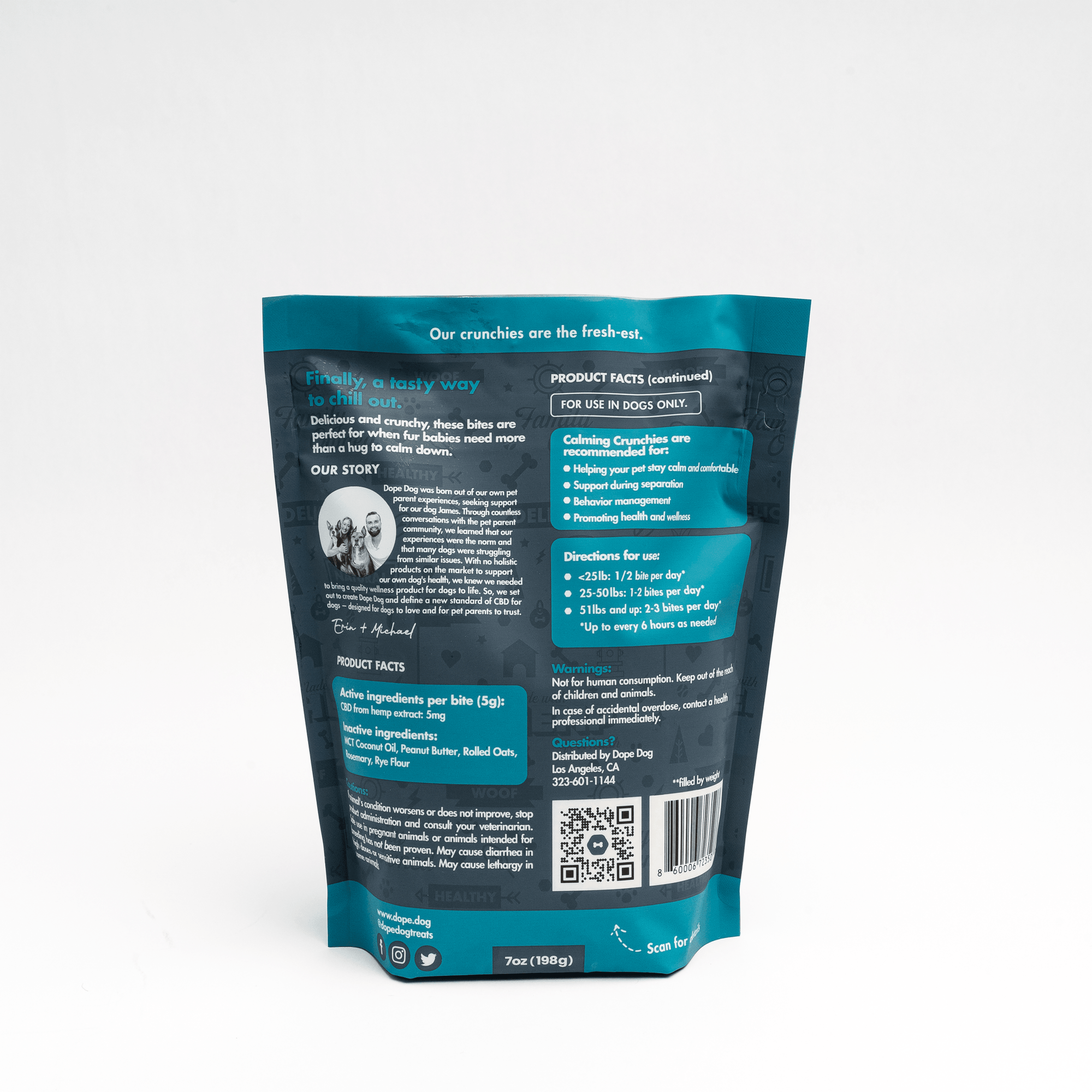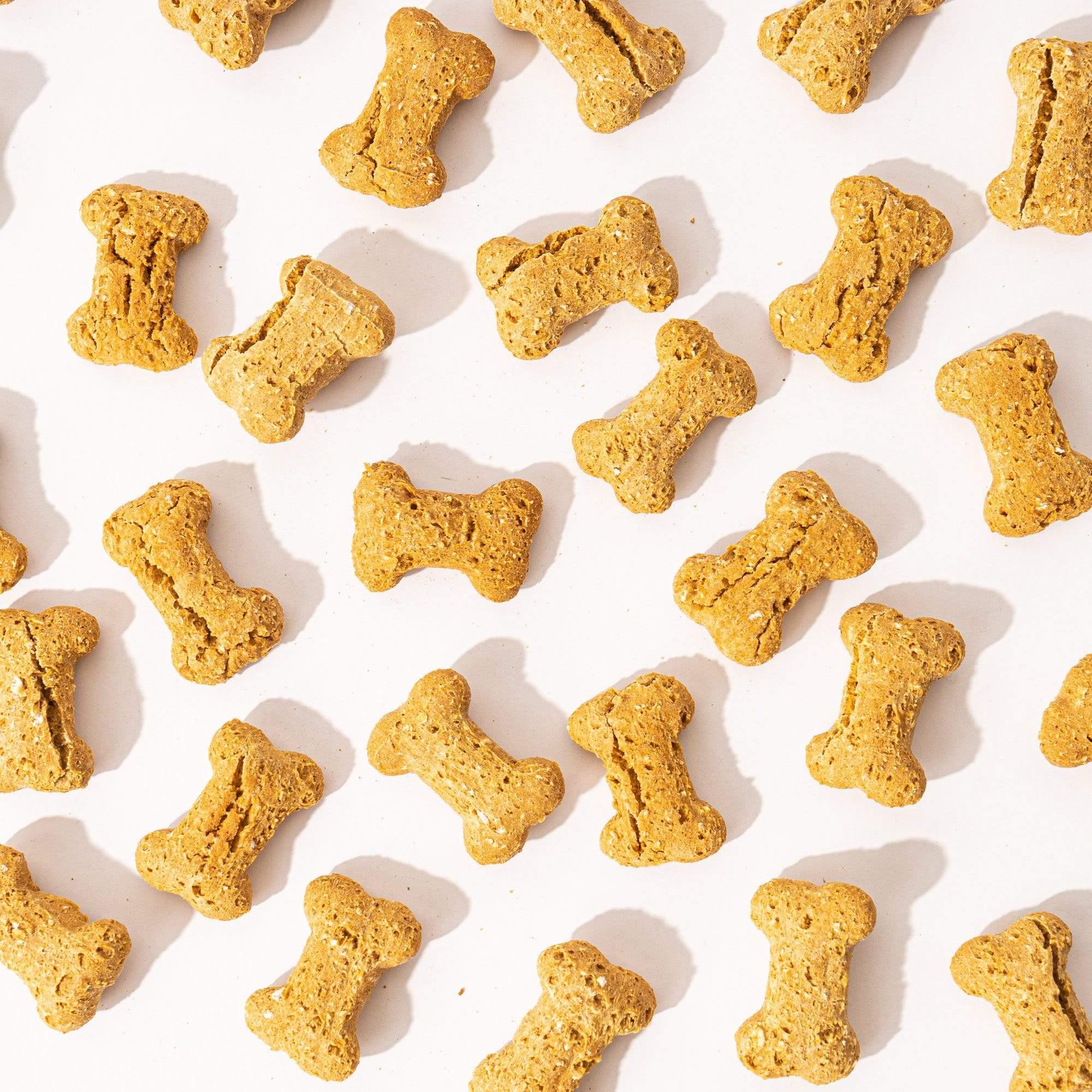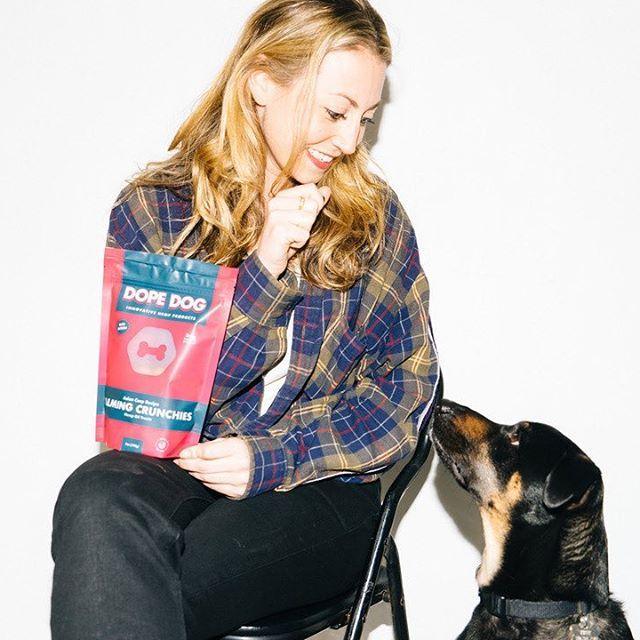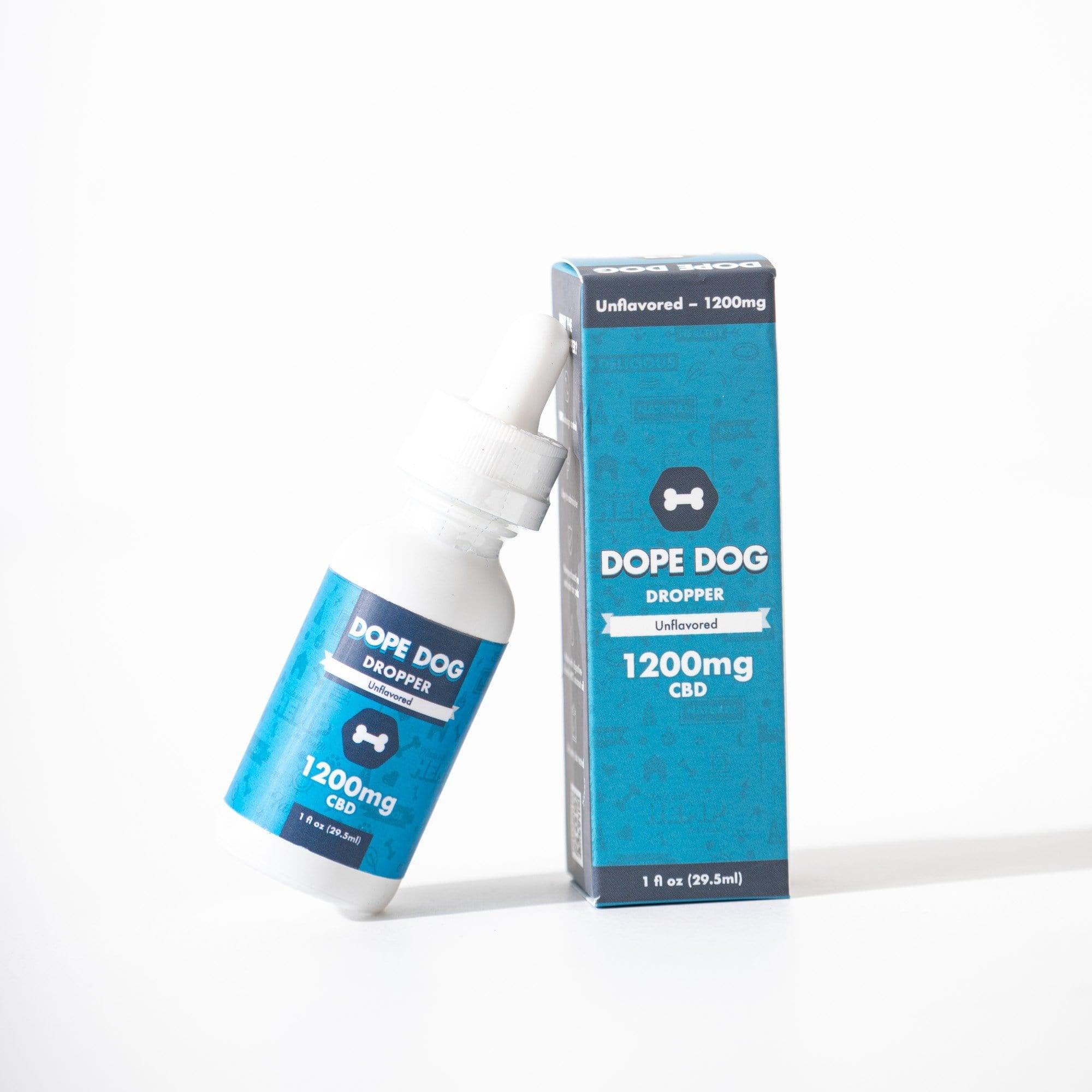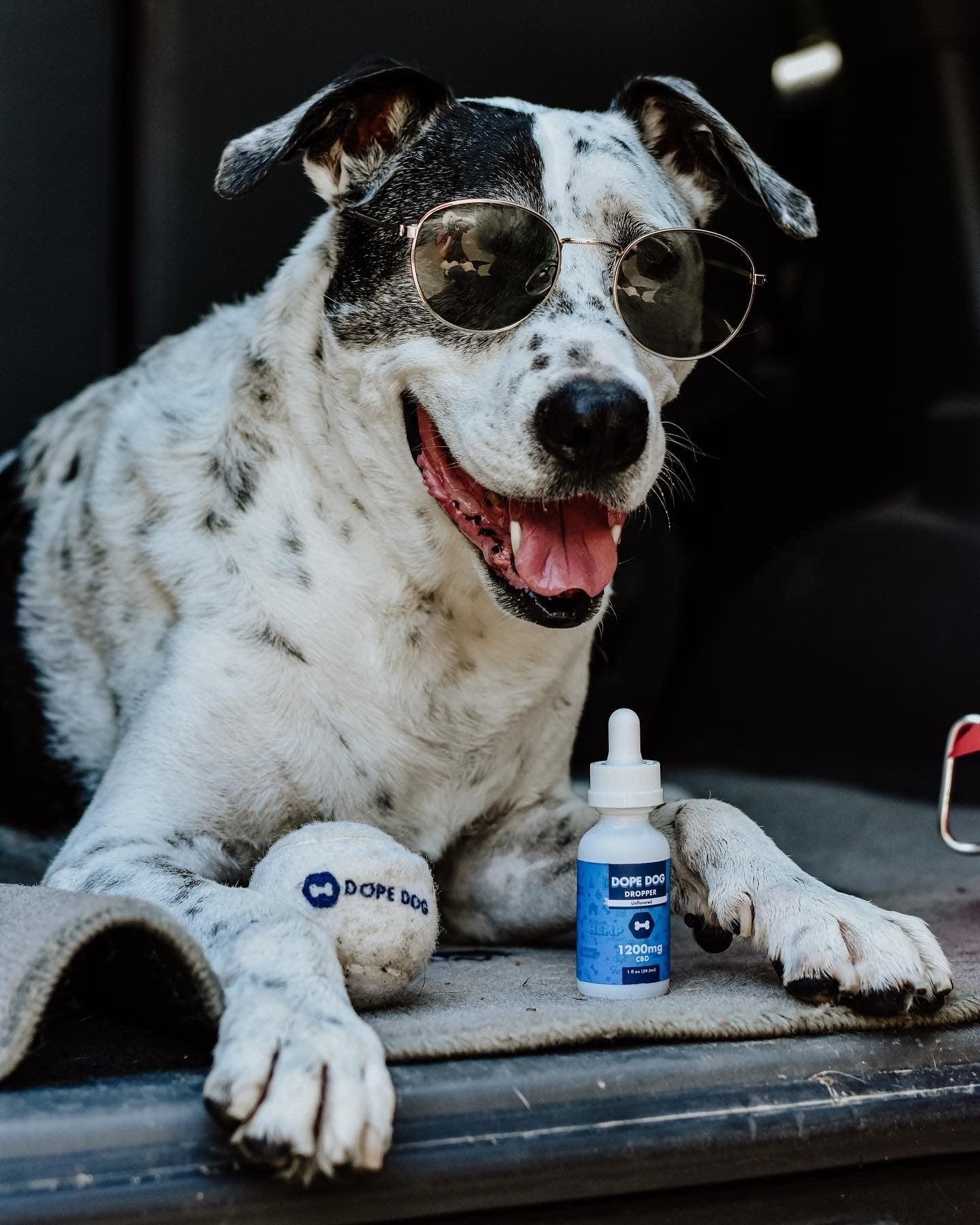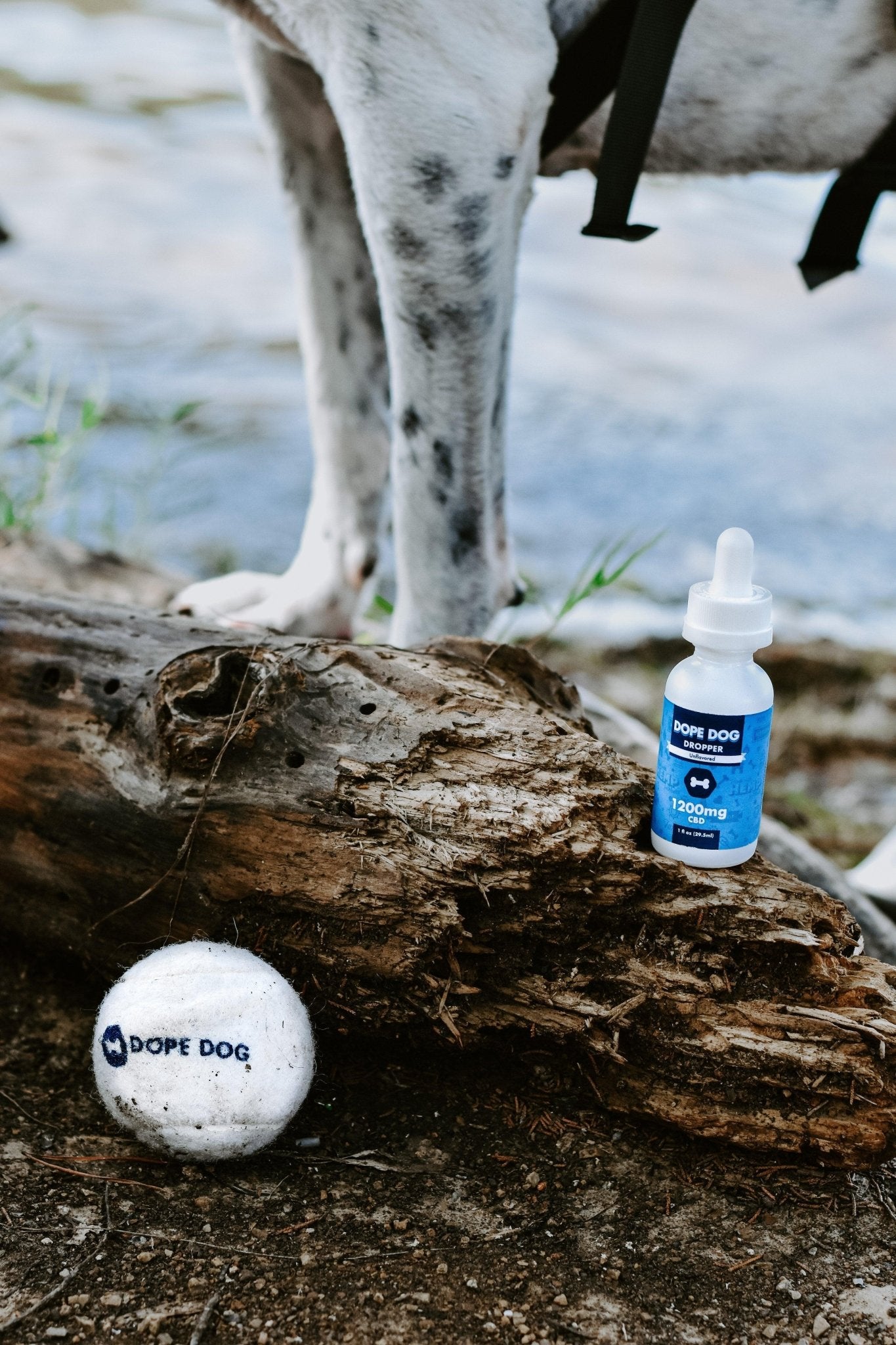Does your dog have tears in its eyes? Dogs may whine or howl, but they don’t shed tears to communicate emotion. So why do dogs cry? Several factors can bring tears to your dog’s eyes, but it isn’t sadness.
A crying dog is actually a sign of a health concern. We’ll explain the different causes that bring tears to their eyes. And we’ll offer some tips to help your crying dog manage their tears if they become a problem. If you notice tears coming from your dog’s eyes, you may want to call your vet to rule out any major health issues.
The Top Reasons Why Dogs Cry
These are the most common reasons your dog may have tears:
Allergies
Just like humans, dogs are susceptible to allergies. If your dog has a particularly sensitive nose, they may develop seasonal allergies, food allergies, or even sensitivity to soaps and chemicals.
Common symptoms of dog allergies include:
- Hives,
- Frequent sneezing
- Coughing
- Swelling
- Inflammation
If you think your dog might have allergies, you’ll want to contact your vet to identify the allergen and get a prescribed treatment if needed. Some allergens you can avoid, but others may worsen without treatment.
Related Link: 6 Facts Your Vet Wished You Knew About Keeping Your Dog Healthy
Eye Infection
If your dog’s tears are yellow, bloody, or mucusy instead of clear, your dog may have an eye infection. Unfortunately, there are many ways your dog can develop an eye infection, and it’s often a symptom of a bigger issue. Possible causes of an eye infection for dogs may include:
- Bacteria
- Viruses
- Fungus Spores
- Parasites
- Scratch or Cut on the eye
- Trauma
Other symptoms of an eye infection include:
- Red or bloodshot eyes
- Swelling around the eye
- Watery discharge
- Thick, smelly discharge from the eye
- Excessive blinking or squinting
- Keeping eye closed
- Light sensitivity
- Pawing at the eye
If your dog shows symptoms of an eye infection, you need to call your veterinarian as soon as possible for treatment. An eye infection is not something you can treat at home. You’ll need the proper medication to get rid of it.
Blocked Tear Ducts
Known as Epiphora, blocked tear ducts allow tears to drip out the eye instead of draining to the nasal area. The most common causes of Epiphora is poor eyelid function from a deformity or blockage in the nasolacrimal ducts.
Common symptoms of blocked tear ducts include:
- Dampness or wetness below the eyes
- Reddish-brown stains on the fur below the eyes
- Foul Odor
- Skin infection
- Tear-like discharge from the eyes
If your dog shows symptoms of a blocked tear duct, you’ll want to contact your veterinarian. Your dog will need a procedure where the duct is flushed or enlarged through surgery to treat Epiphora.
An Irritant in the Dog’s Eye
Just like people, dogs can get something in their eyes that will irritate the eye until it tears. Dust, dirt, hitchhiker seeds are all common irritants that can vex your dog’s eyes. If you suspect your dog may have something in its eye, you can gently lift its eyelid (if your dog will let you) to look for possible irritants.
You can also flush your dog’s eye with cool water if the tears alone don’t resolve to wash away the possible debris. If you can see a larger irritant, you don’t want to flush the eye because it could scratch or damage your dog’s eye. You’re better off to call the vet and let them remove the larger debris.
Want a CBD calming treat to help your dog relax? Shop Dope Dog’s Calming Crunchies variety pack.
Related Link: Dog Anxiety: What Dog Owners Need to Know

A Scratched Cornea
If you have an exceptionally playful, active dog, it can sometimes scratch its cornea while playing. You’ll want to check your dog’s eye for debris. If you can see a scratch, you’ll want to cover your dog’s eye with a clean, damp cloth by securing it to the head to prevent further damage.
Symptoms of a scratched cornea include:
- Visible scratch on the eye
- Excessive squinting or blinking
- Red eyes
- Pawing at the eye
Once you bandage your dog’s eye, you’ll want to get them into the vet as soon as possible.
Do Dogs Cry When They are Sad?
No, dogs do not cry tears of sadness. Tears are a sign of a physical health problem. When dogs are sad, they express themselves by:
- Whining
- Whimpering
- Howling
- Withdrawing from Activities
Puppy crying is very common because they like to vocalize when they are sad, nervous, or scared. If you have puppy or dog that gets anxious often, you could try giving them a Peanut Butter CBD Calming Crunchies treat made with natural CBD extract to calm their nerves.
Related Link: Why Do Dogs Howl?
Do Dogs Have Happy Tears?
No, your dog will not shed happy tears. But your dog may whine or howl when they are happy because they are overwhelmed with heightened emotion. If this happens, don’t worry and reassure your dog how much you love them.

Dog Tears Are a Sign of a Physical Health Concern
If your dog’s eyes are tearing up often, you may want to call your vet because tears can be a symptom of a more significant health issue. While some of these issues can be minor, others may require medication or surgery to fix the problem.
If your dog is howling, whining, or whimpering, that could be out of sadness, anxiety, or loneliness. To help calm your dog, you could give them a Dope Dog CBD Calming Treat to help relax your anxious pup.
Dope Dog offers high-quality CBD products to boost your dog’s immune system. Our CBD treats, shampoos, and oils support your dog’s development and relieve inflammation and joint pain for older dogs.
Are you looking for a natural calming supplement for your dog? Shop Dope Dog CBD oils to soothe your anxious dog.
Related Link: 9 Best Ways to Calm Your Dog
When To Head To the Vet
As you already know, crying is not a sign of happiness or sadness; it is an indication that your dog may have a medical condition. If you notice any of the above symptoms, it is time to speak to your veterinarian. They will ask you about your pet's lifestyle, current symptoms, and any past issues with eye problems. After that, the vet will complete a thorough examination and take a light to examine the dog's eyes.
A special "tear test" will need to be completed in some cases. The veterinarian will place a special paper strip in the eyes and measure the time it takes for the tears to reach a specific line on the strip. The vet can check your dog's tear production by running this test.
There are times when the veterinarian will need to perform another test called a fluorescein stain. This eye dye is painless and harmless, and it is applied to the eye to look for any abrasion to the cornea. Keep in mind that some breeds can develop ulcers on the eyes. Other recommended eye tests may be conducted based on any preliminary test and findings from the examination.
Treating Crying in Dogs
Getting your dog to the vet will help to prevent any serious problems. Your veterinarian will make a treatment recommendation based on the exam. In most cases, your dog will need medicated eye drops or ointment. You might have to apply these drops at home for several days. If there is an infection, then your dog may need oral medication. Always follow your veterinarian's directions to give the medicine to your dog correctly.
If there is a scratch on the eye, your dog may have to wear an e-collar (the lampshade or cone) around the neck. That collar is crucial as it will stop your dog from rubbing his face or pawing at the eyes. You never want to remove the collar until your veterinarian gives you the all-clear. Any further irritation can cause serious damage to the dog's eyes.
Unfortunately, your dog may require surgery in a few severe cases. Entropion or other anatomical abnormalities could be the cause of these issues. If that is the situation, you may have to visit a veterinary ophthalmologist.
Preventing Excessive Tearing and Eye Drainage
If your dog does not have any health issues related to the eyes, then you can stop excessive tearing by following a few steps:
- Have your dog examined by a veterinarian on a regular basis.
- Always keep the hair around the dog's eyes trimmed as short as possible. You should visit a professional groomer to prevent any eye injuries when cutting that hair.
For dogs prone to excessive tearing, make sure to wash and dry the area around the eyes. Be gentle. This step can help stop any issues that can cause irritation. Some over-the-counter eye irrigation solutions are safe to use, and they can keep the area clean and free from odors.

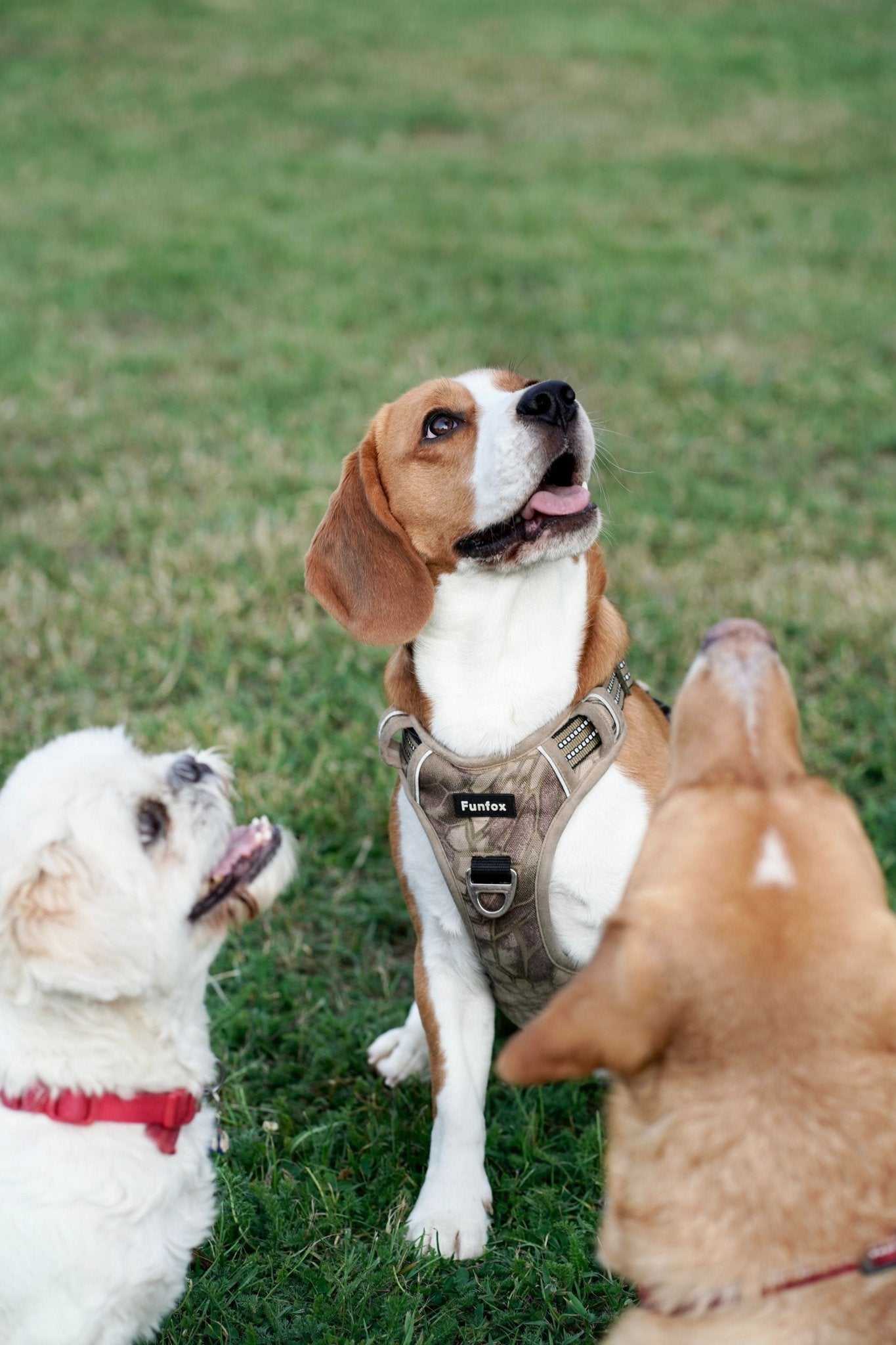
![Why is My Dog's Ear Swollen? [MUST KNOW!]](http://dope.dog/cdn/shop/articles/tim-higham-QxDXORRktWE-unsplash-555717.jpg?v=1697236049&width=1536)



